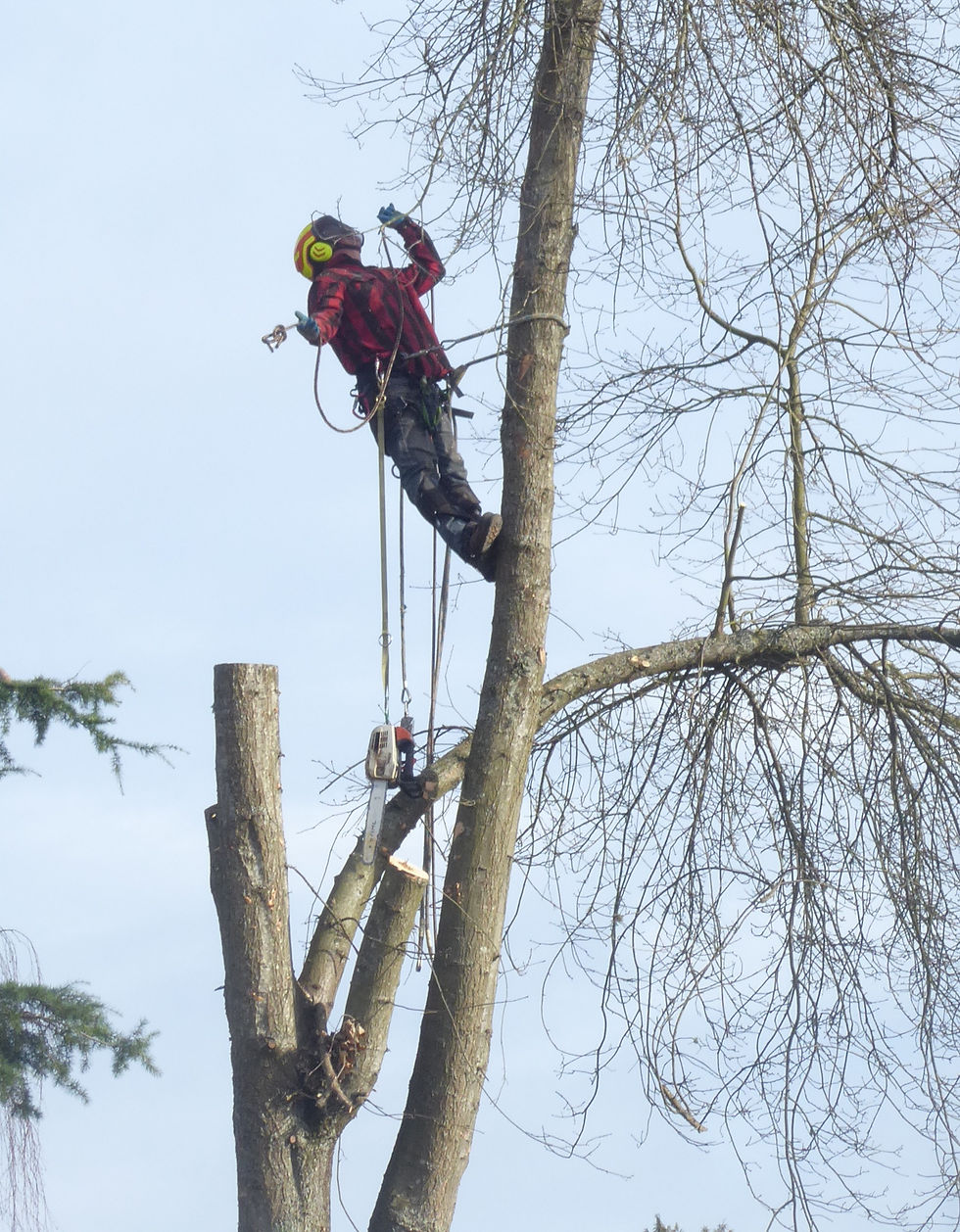Carbon Sequestration and Tree Ordinances in Tacoma
- Conservation Committee

- Apr 9, 2023
- 3 min read

City proposes postponing tree ordinance revision, giving TAS time to organize before June public hearing. Emphasis of our strategy will be expanding tree canopy to recover trees lost from residential areas.
A proposal to build a furniture outlet store in the green buffer between a residential area and the freeway is prompting urgent action to increase our city’s tree canopy goal from 20% to 40%.
More then six people from the nearby neighborhood plus other interested parties testified that they want a forested buffer to protect their homes from the diesel pollution experienced by port cities from Everett to Tacoma.
In Lakewood last year, the city council agreed to increase its forest canopy goal from 28% to 40% as part of their tree ordinance update. The governor gave the city an award for their effort to increase carbon sequestration enough to offset the projected increase in fossil fuel emissions resulting from future commercial and residential development.
At a small meeting of Conservation Committee members, we agreed on a strategy to repeat our Lakeview success in Tacoma. The Tacoma City Council meets in June, 2023, to consider updating the Tacoma ordinance. We agreed to use this two month window to reach out to partners and inform friends about an alternative to the city's proposed tree ordinance. Partners would include Tacoma Neighborhood Councils, Tacoma Garden Club, and Communities for a Healthy Bay, which is already on board.
We decided it would be easier to adapt the Lakewood ordinance than re-invent a new one. No point arguing over new provisions, when we have an award winning example from across town. In Tacoma there are five city council members on the Infrastructure & Planning Committee. If these five agreed on a plan, they would have a majority in the larger council vote.
There is concern that changes in the tree ordinance will only pertain to the right of way along freeways and arterials. But there is no reason a 40% overall canopy goal couldn't be set during this initial review of the existing ordinance.
The proposal to put a furniture outlet in the freeway buffer will provide concerned allies who can help us increase the buffer along all our city freeways. The next step is to contact city council members, send them our revised proposal, and start discussions with them in the remaining 6 weeks before the hearing.

It's time to change county priorities to maintain and increase forest canopy, offsetting projected increase in carbon emissions from continuing development.
Long-Range Plan to Increase County and City Response to Climate Change by Preserving Trees
Even casual readers of the news know that increasing global temperatures are already having a major effect on life on planet earth. Sad that we are even now experiencing headlines about global catastrophes we hoped would not occur until 2050.
The recent United Nations climate change report demands action in this decade. Before all our public funds are spent rebuilding houses and cities, we need to prevent and reduce carbon emissions and try to reduce widely threatened coastal flooding.
The time is now to re-convene the County's Open Space Task Force and re-evaluate where the County's $3 million in annual funds can be best spent to prevent further temperature increases. The Task Force met in 2011 and set priorities for saving forests, agriculture, streams and biodiversity areas.
For the proposed fall meeting of the next Task Force, it is time to gather our friends and learn about the goals of each group and how we can work together to achieve our common goals for the county.
Already Will Leslie and Kirk Kirkland have met with the director of ForeverGreen Trails and asked for them to consider partnering with TAS. Other meetings with the Directors of Pierce County Parks and Metro Parks are also planned. This former alliance included city park departments, Tribes, watershed council, land trusts, Conservation District, ForeverGreen Trails and others.
Pierce County government in their Resilience Goals identified trees, shrubs and bull kelp as ways of increasing carbon sequestration. Read more about county goals and plans on Pierce County’s excellent Climate Change Explained page.




Comments